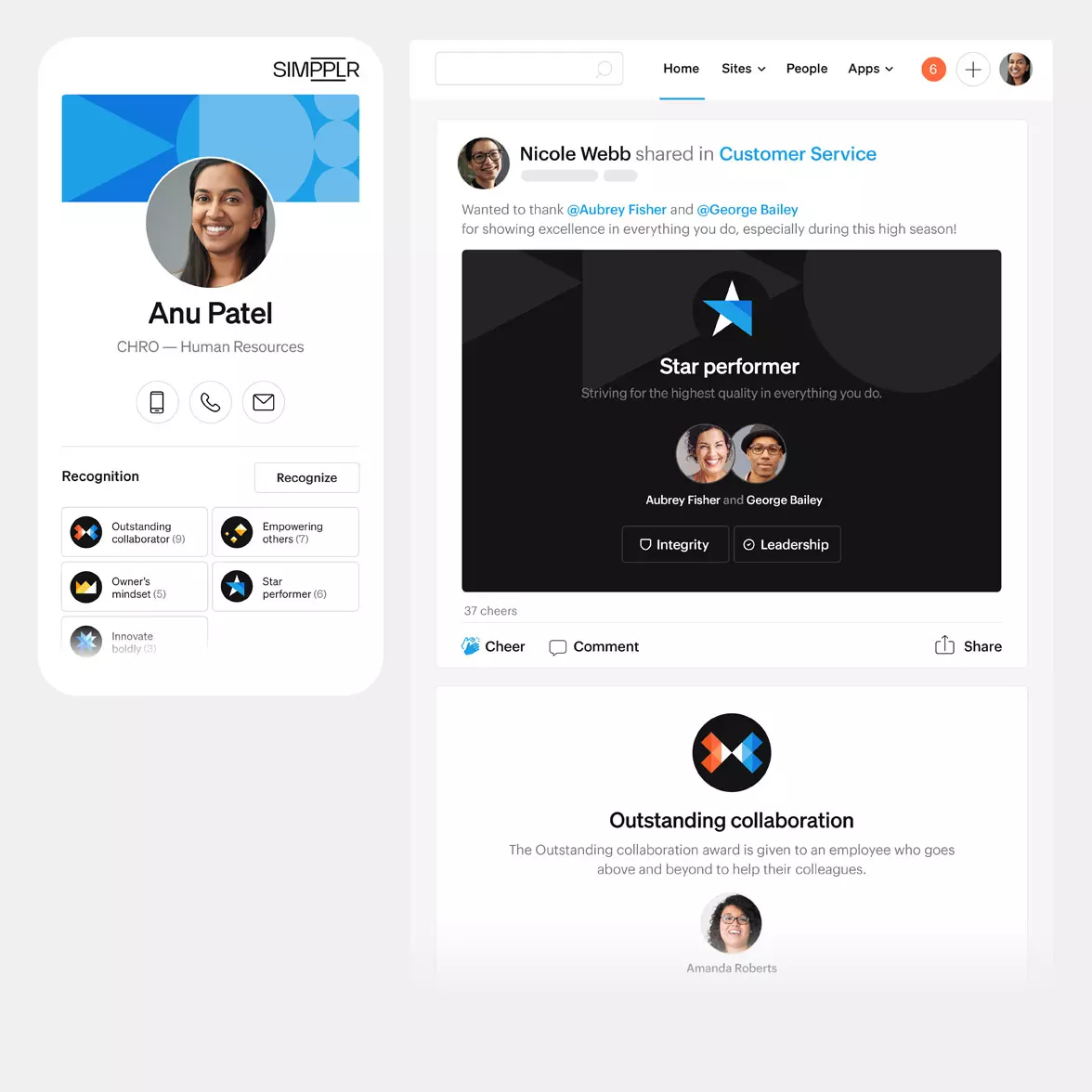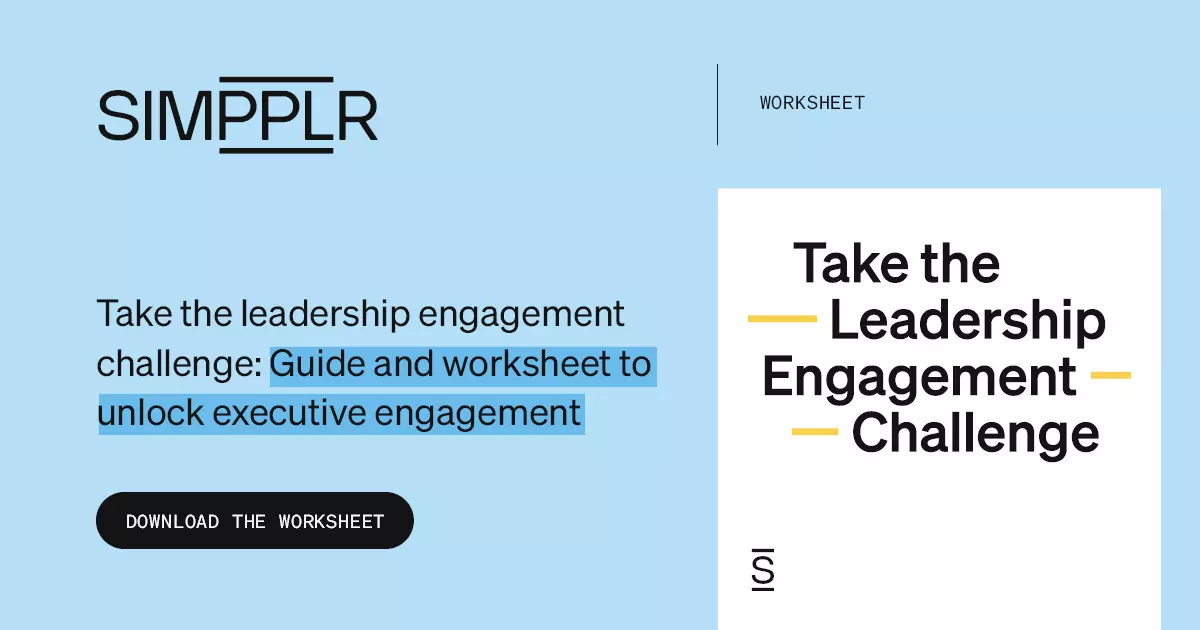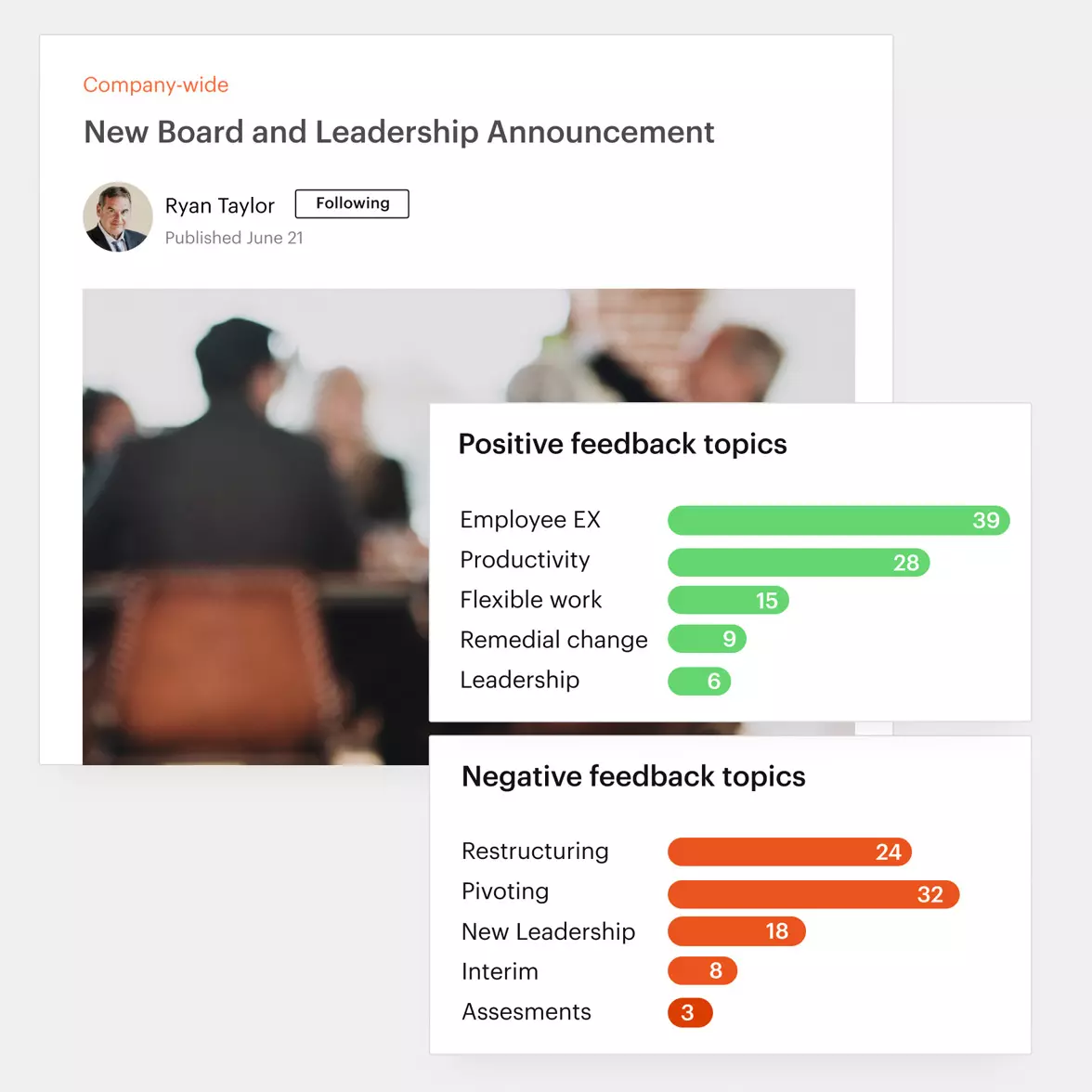Employee Motivation Defined
Employee motivation is a critical aspect of organizational success and employee well-being. It refers to the level of energy, commitment, and creativity that a company’s workers bring to their roles every day. Understanding and fostering employee motivation can lead to increased productivity, better job satisfaction, and stronger team cohesion.
Overview of Employee Motivation
The concept of employee motivation is deeply rooted in the field of organizational psychology and involves understanding what drives individuals to work towards their goals and the goals of their organization.
Motivation in the workplace can stem from various sources, including:
- Personal interest in the job
- Recognition and rewards
- Financial incentives
- A sense of belonging to a team or company culture
- Opportunities for growth and development
It’s an intrinsic aspect of human behavior that directly impacts employee performance and overall organizational outcomes.
Employee motivation is not a one-size-fits-all concept. Different individuals may be motivated by different factors, and these can change over time based on personal circumstances and changes in the work environment. Therefore, organizations seeking to maximize their team’s motivation need to employ a variety of strategies tailored to meet diverse needs. This approach ensures that employees remain engaged, satisfied, and productive over the long term.
Importance of Employee Motivation
Gallup’s research shows that organizations with a high level of engagement report 21% higher profitability. Moreover, that highly engaged teams show a 41% reduction in absenteeism and a 17% increase in productivity.
However the significance of employee motivation extends beyond mere productivity. Motivated employees are more likely to engage in positive behaviors that contribute to the success of an organization. They tend to be more creative, offer better customer service, have higher levels of engagement, and are more likely to remain with their employer for longer periods. This reduces turnover rates and the associated costs of recruiting and training new employees, leading to better financial outcomes for the company.
Furthermore, a motivated workforce fosters a positive workplace culture that can attract top talent. In today’s competitive job market, organizations that are known for having highly motivated employees can differentiate themselves and become more appealing to potential candidates. This can create a virtuous cycle, where motivated employees contribute to a positive culture, which in turn attracts more motivated employees, enhancing the organization’s ability to succeed and grow.
Employee Motivation Strategies
To effectively enhance employee motivation, organizations must adopt a variety of strategies that address the diverse needs and preferences of their workforce. Here are some proven employee motivation strategies that can help create a more engaged and productive team:
- Professional Development Opportunities: Providing employees with opportunities to learn new skills, advance their careers, and take on new challenges can foster a sense of growth and fulfillment. This not only motivates employees but also benefits the organization by enhancing its talent pool.
- Flexible Work Arrangements: Allowing employees greater flexibility in terms of where and when they work can significantly improve job satisfaction and motivation. This might include options like remote work, flexible schedules, or compressed work-weeks. A 2021 Gartner survey found that 43% of respondents saw a surge in productivity thanks to flexible scheduling.
- Team-Building Activities: Organizing regular team-building activities can strengthen relationships among employees, improve communication, and build a stronger team culture. This, in turn, can enhance motivation and collaboration within the team.
- Recognition and Reward Systems: Regularly acknowledging and rewarding employees for their hard work and achievements can significantly boost motivation. This could be in the form of financial bonuses, public recognition, promotions, or other incentives that show appreciation for their contributions.

Each of these ideas can be tailored to fit the unique culture and needs of your organization. Find more creative ways of how to motivate your employees. The key is to create an environment where employees feel valued, supported, and inspired to give their best effort every day.
Learn more in 10 creative ways to motivate employees:

Enhancing Communication and Transparency
Effective communication is a cornerstone of employee motivation. When employees are kept in the loop about organizational goals, changes, and successes, they are more likely to feel valued and integral to the company’s mission. Transparency from leadership about the direction of the company and the challenges it faces can also foster a culture of trust and engagement. Moreover, providing platforms for employees to voice their ideas and concerns can empower them to contribute to the organization’s success actively.
To implement this strategy, organizations can hold regular meetings, use employee feedback tools, and encourage open dialogues between employees and management. Leaders should be trained to communicate effectively, providing constructive feedback and actively listening to employee concerns. By prioritizing clear and honest communication, companies can build a motivated and cohesive workforce that is aligned with the organization’s objectives.
Creating a Supportive Work Environment
A supportive work environment is essential for enhancing employee motivation. This involves creating a space where employees feel safe to take risks, make mistakes, and express themselves without fear of negative repercussions. A culture that values diversity, equity, and inclusion can significantly contribute to this, ensuring all employees feel respected and valued for their unique contributions.
Organizations can foster a supportive environment by implementing policies that promote work-life balance, offering mental health resources, and actively working to eliminate discrimination and harassment. Additionally, creating opportunities for team members to connect on a personal level, through social events or interest groups, can strengthen the sense of community and belonging. A supportive workplace not only enhances motivation but can also improve overall employee satisfaction and retention.
Cultivating Leadership and Management Skills
Leaders and managers play a critical role in motivating their teams. Effective leadership involves more than just assigning tasks and monitoring performance; it requires inspiring, guiding, and supporting employees towards achieving their personal and organizational goals. Developing strong leadership and management skills can significantly impact employee motivation and engagement.
Organizations should invest in leadership development programs that focus on emotional intelligence, effective communication, conflict resolution, and motivational techniques. Encouraging a leadership style that is accessible, supportive, and empowering can create a positive work environment where employees feel motivated to perform at their best. By fostering good leadership practices, companies can cultivate motivated teams that are committed to the organization’s success.

Measuring Employee Motivation
To ensure the effectiveness of employee motivation strategies, it’s crucial to regularly measure their impact and make necessary adjustments. This can involve conducting employee surveys, analyzing performance data, and obtaining feedback through one-on-one meetings. By continuously monitoring the effectiveness of motivation initiatives, organizations can identify what works well and where improvements are needed.

Adjusting strategies based on feedback and results allows companies to stay responsive to employee needs and market changes. This dynamic approach to employee motivation ensures that motivation strategies remain relevant and effective, contributing to sustained organizational success and employee well-being.
How Simpplr Can Help
Simpplr’s employee intranet enables your employees to connect with one another and recognize each other for jobs well done. This will result in a feeling of togetherness among your organization, which in turn motivates your employees to continue giving their best effort.
Furthermore, managers can actively and accurately gauge general employee sentiments about current projects and any changes that may occur, which motivates employees to speak freely and honestly about their work and their situation.

Watch a 5-minute demo
See how the Simpplr employee experience platform connects, engages and empowers your workforce.
- #1 Leader in the Gartner Magic Quadrant™
- 90%+ Employee adoption rate







